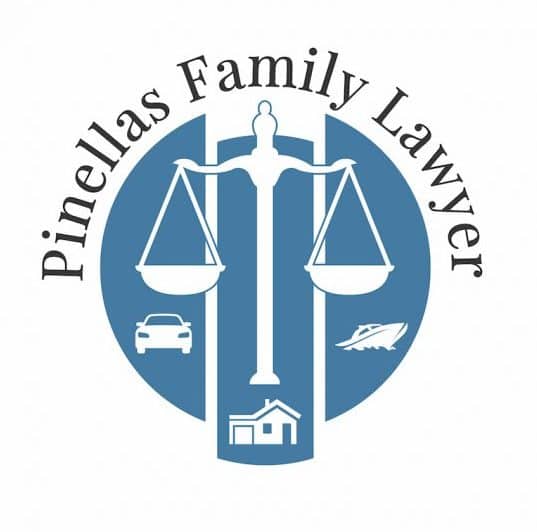Whether you and your spouse have chosen uncontested divorce or will decide on custody issues in court, Pinellas Family Lawyer can help.
When it comes to child custody, there are various types of arrangements a couple can make. You may have heard the terms, but you may not fully understand the differences until you’re in a situation where it matters.
If you have children and are in the process of a divorce, you need to know and understand your legal rights. At Pinellas Family Lawyer, our goal is to assist you as you navigate your way through divorce and child custody issues.

The Different Types of Custody Arrangements
- Joint legal custody – This is when a divorced couple shares legal custody. In this arrangement, the mother and father equally share in making important decisions concerning their child’s upbringing and welfare.
- Legal custody – This custody arrangement gives a parent the right to make long-term decisions about raising the child. This includes decisions like the child’s education, medical care, and religious instruction. In most child custody cases, legal custody is awarded to both parents.
- Sole custody – This means only one parent has physical and legal custody. These custody arrangements are typically due to child abuse or drug addiction cases.
- Sole legal custody – In this arrangement, only one parent is given the legal authority to decide critical matters related to the child’s upbringing. Therefore, the other parent has no legal right to participate in decision-making.
- Physical custody – In this custody arrangement, the child lives with the parent granted physical custody. That parent provides continual care for the child. The courts give visitation rights to the noncustodial parent.
Some of these terms are no longer used in Florida. For instance, there is no longer joint or sole custody in Florida. Instead, terms may include “majority time-sharing” or “equal time-sharing.” Both parents typically share custody, but a parenting plan or time-sharing agreement spells out the child custody arrangement. These agreements can either be agreed upon by the parents or ordered by the court during a divorce or paternity case.
The Most Common Custody Arrangement
Of all the custody arrangements mentioned, the most common in is joint legal custody. However, remember that every custody divorce has individual circumstances and challenges. Custody is based on your situation, not on what commonly occurs.
Pinellas County Custody Lawyers
Divorce is an unfortunate part of life. It can be an emotionally and financially taxing life event, even more so when children are involved. Contact our family law firm today for help with your divorce or custody issues.
